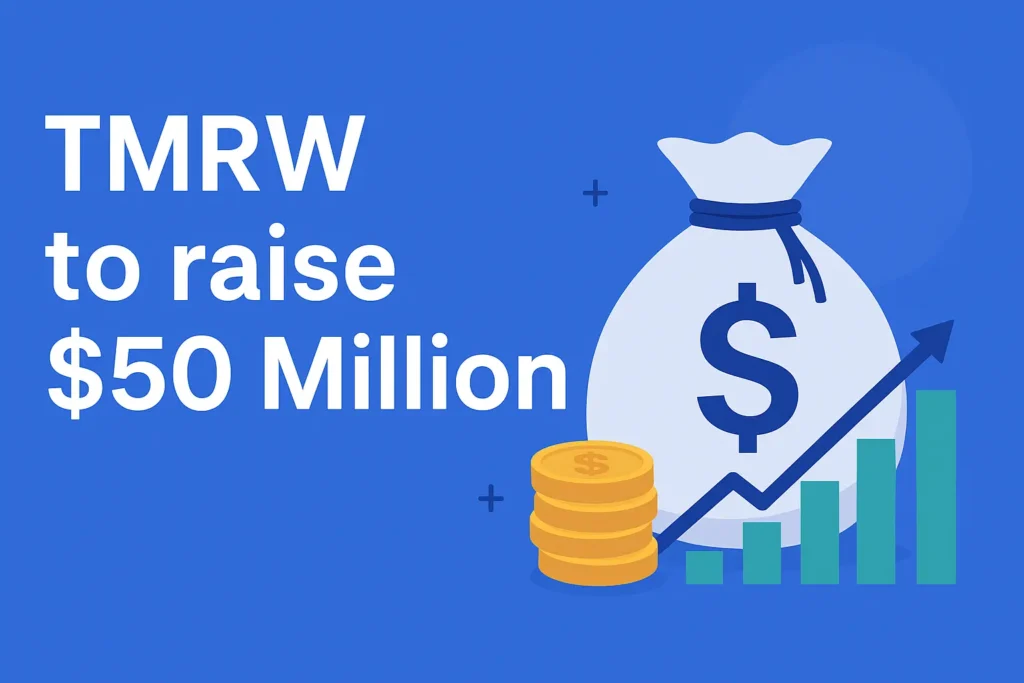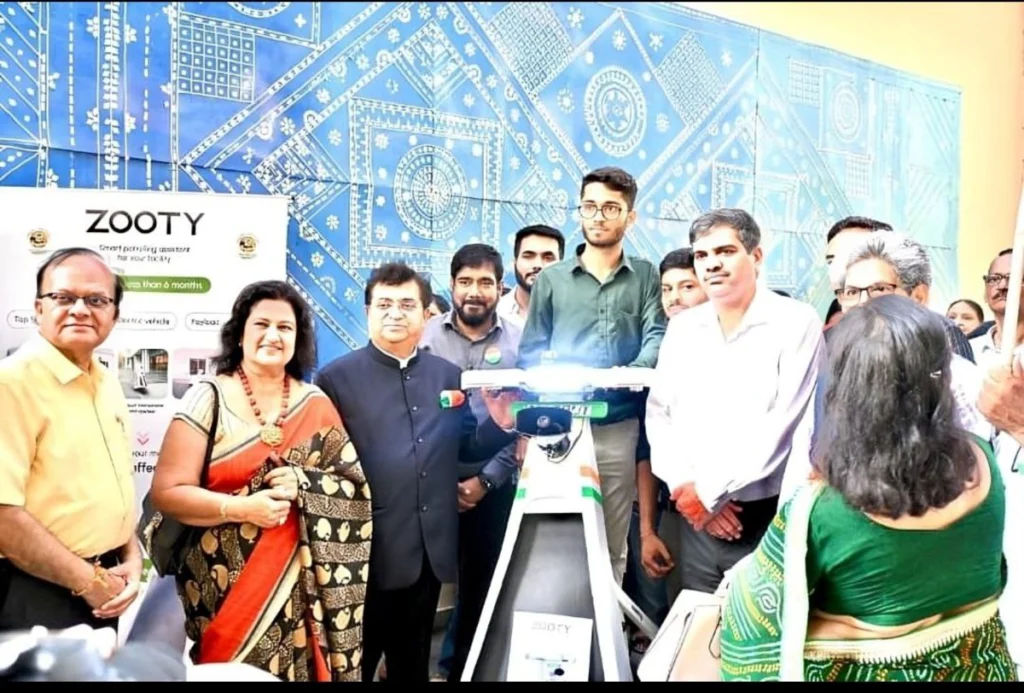A Parallel to Enterprise AI Video’s Disruption
Legora’s raise signals a broader disruption in how legal services are delivered. On 30 October 2025, Legora announced a Series C round of US $150 million at a valuation of roughly US $1.8 billion. (legora.com)
Led by Bessemer Venture Partners, with participation from ICONIQ, General Catalyst, Redpoint, Benchmark, and Y Combinator, the capital will accelerate global expansion and further product development. (legora.com)
Just as video production used to require studios, actors, editing, translation – legal work at scale has become a bottleneck: high cost, slow review, huge regulatory/compliance burden. Legora steps into that gap by offering a collaborative AI platform for lawyers: helping review, research, draft, and collaborate faster and more accurately than traditional workflows allow. (Sifted)
The Opportunity: Legal Work & AI
Here are the key dimensions that make this raise significant.
1. Massive market with entrenched inefficiencies
The legal industry remains labour-intensive: large law firms, in-house legal departments, regulatory compliance, contract review, due diligence—all drive enormous cost, slow turnaround, and risk of human error.
Legora addresses these pain-points via AI-powered workflows and automation built specifically for lawyers. For example: tabular review of large contract sets, auto-extraction of clauses & risks, drafting assistance embedded in familiar tools like Microsoft Word. (vestbee.com)
The scale of the legal-services market, combined with increasing demand for speed, accuracy, global-scale compliance, makes it ripe for disruption.
2. Demand-side: law firms and global in-house teams under pressure
Legora has grown rapidly: from ~250 law firms in ~20 markets to over 400 firms in more than 40 markets within months. (legora.com)
Firms like Linklaters, Cleary Gottlieb, Goodwin and MinterEllison are cited as customers. (FinSMEs)
This shows that the technology isn’t just experimental—it is being adopted by major players who traditionally move cautiously.
3. Supply-side: AI technology maturity
Similar to the avatar-/video-generation platforms, legal-tech AI requires not just generic models but specialised workflows, domain expertise (law), compliance/trust, deep integrations (Word, SharePoint, iManage) and globalisation (multiple jurisdictions, languages). Legora emphasises its collaborative approach: working “side-by-side” with clients to embed AI into their workflows. (legora.com)
Such depth gives it potential differentiation — as investors like Bessemer note. (legora.com)
4. Business model & scalability
The shift from manual to software-driven legal workflows means cost-savings, improved throughput, lower error rate, and potential for global scalability. Law firms operate across jurisdictions, languages, regulations — scaling manual workflows in that environment is expensive and risky. AI platforms can scale more efficiently.
Just as enterprises with global workforces need training delivered instantly and at scale, legal teams need contract review, regulatory work, due diligence across geographies, languages and time-zones. Legora addresses that.
Why the $150 M Raise Makes Strategic Sense
Putting the pieces together, the raise makes sense for several reasons:
- Timing: AI adoption in legal is accelerating. According to commentary, venture firms are pouring money into legal tech this year — European legal tech startups raised nearly twice as much in 2025 as in 2024. (Sifted)
- Traction: Rapid customer growth and market expansion gives confidence that Legora’s model resonates.
- Global ambition: With offices in Stockholm, London, New York, Denver, Sydney, the company is already set for global rollout. (FinSMEs)
- Disruption potential: Similar to how video-automation disrupts media/marketing/training, full-scale legal-workflow automation disrupts the traditional law-firm model (billable hours, manual review).
- Defensible technology: The legal domain is high-trust, high-barrier: regulation, compliance, risk all matter. Embedding deeply into lawyers’ tools (Word, SharePoint) creates stickiness.
- Valuation and scaling: Going from a $675 million valuation in May 2025 (after an $80 million Series B) to $1.8 billion now shows how rapidly the market is re-rating these platforms. (Sifted)
Why This Matters For Enterprise Technology
Here’s how this fits into broader enterprise-tech trends:
- Knowledge-work automation: Just as synthetic-video applies to training/comms, legal tech applies to high-value knowledge work (law, contracts, compliance). Automating this kind of work unlocks large productivity gains.
- AI moving from point-tool to platform: Earlier legal-tech tools may have tackled one piece (e.g., e-discovery, contract search). Legora builds a collaborative AI platform for lawyers — analogous to how enterprise video platforms evolve from simple editing tools to full automation ecosystems.
- Global and multilingual scale: Enterprises today operate globally; legal work crosses borders. A platform that supports multiple jurisdictions, languages, legal standards is highly valuable.
- Enterprise software dynamics: High lifetime value (large law firms or in-house teams), high switching cost, strong demand for efficiency — all favourable for SaaS/AI ventures.
- VC focus on productivity & augmentation: Investors seem eager to back companies that augment professionals rather than simply replace them. Legora’s positioning (“lawyer of the future”, collaborative human + machine) reflects that. (legora.com)
The Playbook: What Legora Is Doing
- Rapid user growth: From 250→400+ firms in a few months. (legora.com)
- Geographic expansion: Doubling from ~20 to over 40 markets. (Sifted)
- Deep integrations: Embedding into tools lawyers already use (e.g., Word) rather than forcing new workflows. (vestbee.com)
- AI-driven workflows tailored to legal tasks: Reviewing large contract sets, extracting risk, drafting, etc. (vestbee.com)
- Customer-centric development: Co-building with law firms, focusing on actual lawyer-pain-points. (legora.com)
- Building trust, compliance, scalability: Critical in legal, not just building models but making them enterprise-ready.
Risks and Considerations
Much like any enterprise-AI play, there are risks:
- Regulation & liability: Legal work has high stakes; errors cost money, reputations. Platform must maintain extremely high accuracy and oversight.
- Legacy behaviours: Law firms are often conservative; changing workflows takes time. Even with rapid growth, adoption may face inertia.
- Competitive pressure: Other legal-tech and AI players may try to move in; differentiation matters.
- Generalisation vs specialisation: A platform must handle many jurisdictions, law-types, languages; ensuring coverage and quality is non-trivial.
- Valuation expectations: At $1.8 billion valuation, investors expect large scale and growth; execution risk is non-negligible.
Conclusion
Just as the video-generation market’s shift from traditional production to AI-driven avatars unlocked tremendous value for enterprises needing scalable multilingual training and comms, the legal-services sector is undergoing a similar shift from manual labour-intensive workflows to AI-enabled platforms. Legora’s $150 million round sends the signal that investors believe the legal space is ready for transformation — and that the ones who can automate knowledge-work at scale will capture huge value.
Enterprise technology winners in this next wave won’t simply improve existing workflows—they will eliminate or radically reshape the costly, time-intensive, human-heavy parts of work, enabling organisations to scale globally, respond faster, cut costs, and reduce risk. Legora is betting that legal-tech will be one of those arenas.
I’m Araib Khan, an author at Startups Union, where I share insights on entrepreneurship, innovation, and business growth. This role helps me enhance my credibility, connect with professionals, and contribute to impactful ideas within the global startup ecosystem.




